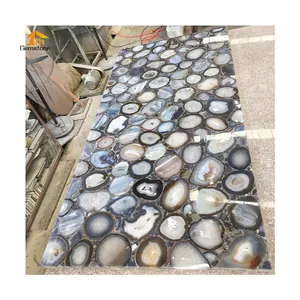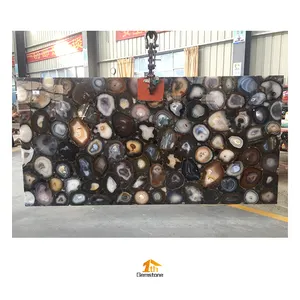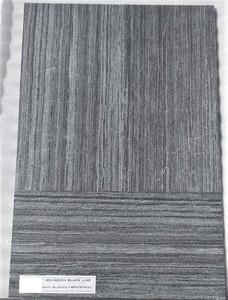(1051 products available)


























































































































































































































 Ready to Ship
Ready to Ship





The realm of construction and real estate is vast, encompassing numerous materials that contribute to the aesthetic and structural integrity of buildings. Among these, quartzite patio stone stand out for their unique characteristics and natural beauty. These materials, sourced directly from nature, offer a timeless appeal and durability that can enhance the value and appearance of any construction project. quartzite patio stone are formed through geological processes over millions of years, resulting in a variety of textures, colors, and patterns that are unmatched by synthetic alternatives. Their versatility allows them to be used in various applications, from flooring and countertops to decorative facades and landscaping elements, making them a popular choice for architects and builders seeking to create distinctive and enduring spaces.
When it comes to quartzite patio stone, the diversity is remarkable, providing numerous options for different applications. Common types include marble, granite, limestone, and slate. Marble is renowned for its elegant veining and smooth finish, making it ideal for luxurious interiors. Granite is favored for its robustness and resistance to wear, suitable for high-traffic areas like kitchens and bathrooms. Limestone offers a softer, more muted aesthetic with its earthy tones, perfect for creating a warm ambiance. Slate is known for its unique texture and color variations, often used for roofing and outdoor paving. Each type of quartzite patio stone possesses distinct properties that cater to specific needs, allowing for tailored solutions in construction projects.
The functional benefits of quartzite patio stone are manifold, contributing to their widespread use in construction and design. They provide exceptional durability, capable of withstanding environmental stressors and heavy usage over time. The thermal mass of quartzite patio stone aids in energy efficiency by regulating indoor temperatures, reducing the need for artificial heating or cooling. Their natural beauty adds aesthetic value, enhancing the visual appeal of spaces and boosting property value. Furthermore, quartzite patio stone are low-maintenance, requiring minimal upkeep to preserve their appearance and integrity. The non-porous nature of certain stones also offers resistance to stains and moisture, ensuring longevity and cleanliness, particularly in areas prone to spills and humidity.
The composition of quartzite patio stone is intrinsically linked to their geological origins, comprising minerals that define their characteristics. For instance, marble contains calcite, which imparts its brilliant whiteness and smooth texture. Granite is composed of quartz, feldspar, and mica, contributing to its hardness and varied coloration. Limestone primarily consists of calcium carbonate, giving it a soft and earthy feel. Slate's unique layered structure is due to the presence of clay and volcanic ash. These minerals not only determine the physical attributes of quartzite patio stone but also influence their suitability for different applications. Understanding the composition helps in selecting the right stone for specific needs, ensuring optimal performance and aesthetic harmony.
Effective utilization of quartzite patio stone involves strategic planning and execution to maximize their benefits. When choosing stone for a project, consider the environment and intended use to ensure compatibility and durability. For areas with heavy foot traffic, opt for harder stones like granite to withstand wear and tear. In wet environments, non-porous stones are preferable to prevent moisture damage. Installation requires precision and expertise to achieve seamless integration and optimal appearance. Regular maintenance, such as sealing and cleaning, can preserve the beauty and functionality of quartzite patio stone, extending their lifespan. Additionally, incorporating stone into design elements like accent walls or countertops can create focal points that elevate the overall aesthetic of a space.
When selecting quartzite patio stone for a construction or design project, several factors must be considered to ensure the best fit. The first step is to understand the specific requirements of the project, such as the desired aesthetic, the environmental conditions, and the expected wear and tear. For instance, in areas with high humidity, it is crucial to choose stones that are resistant to moisture, while in regions with extreme temperature fluctuations, stones with high thermal mass are preferable. Additionally, the visual appeal of quartzite patio stone should align with the overall design theme, whether it be contemporary, rustic, or traditional. Consulting with architects or designers can provide valuable insights into the most suitable options.
The sourcing of quartzite patio stone is another critical aspect to consider. Ethical sourcing ensures that the stones are obtained sustainably and responsibly, minimizing environmental impact and supporting local communities. It's important to verify the origin of the stone and ensure that it complies with industry standards for environmental and social responsibility. Furthermore, understanding the geological origin of the stone can provide insights into its durability and appearance. Engaging with reputable suppliers who provide detailed information about the stone's provenance can aid in making informed decisions.
Durability of quartzite patio stone can be assessed by examining its mineral composition and density. Stones with higher density and harder minerals, such as quartz, are generally more durable and resistant to scratches and impacts. It's also advisable to consider the stone's porosity, as low-porosity stones are less likely to absorb moisture and suffer from water damage. Consulting technical specifications and conducting tests on samples can provide a clearer understanding of the stone's durability.
Maintenance of quartzite patio stone involves regular cleaning and sealing to protect the surface from stains and damage. It's essential to use cleaners specifically designed for natural stone to avoid damaging the surface. Periodic sealing can enhance the stone's resistance to moisture and stains, particularly in high-use areas such as kitchens and bathrooms. Understanding the specific maintenance needs of the chosen stone type can help in preserving its appearance and longevity.
Yes, quartzite patio stone is versatile enough to be used in both indoor and outdoor settings. However, the choice of stone should be tailored to the specific environment. For outdoor applications, stones that are resistant to weathering and environmental stressors, such as granite or slate, are recommended. Indoors, factors like slip resistance and aesthetic appeal may guide the selection process. It's important to match the stone's characteristics with the intended use to ensure optimal performance.
Using quartzite patio stone offers several environmental benefits, including its longevity and minimal need for replacement, which reduces waste. Natural stone is also a sustainable material, as it is abundant and requires less energy to produce compared to synthetic alternatives. Additionally, its thermal mass can contribute to energy efficiency in buildings by regulating indoor temperatures. Choosing stones that are locally sourced can further decrease the carbon footprint associated with transportation.
The cost of quartzite patio stone can vary widely depending on the type, quality, and source. While natural stone may have a higher upfront cost compared to materials like laminate or tile, its durability and timeless beauty often justify the investment. Over time, the minimal maintenance and potential increase in property value can offset the initial expense. It's important to evaluate the long-term benefits and costs when considering natural stone for a project.